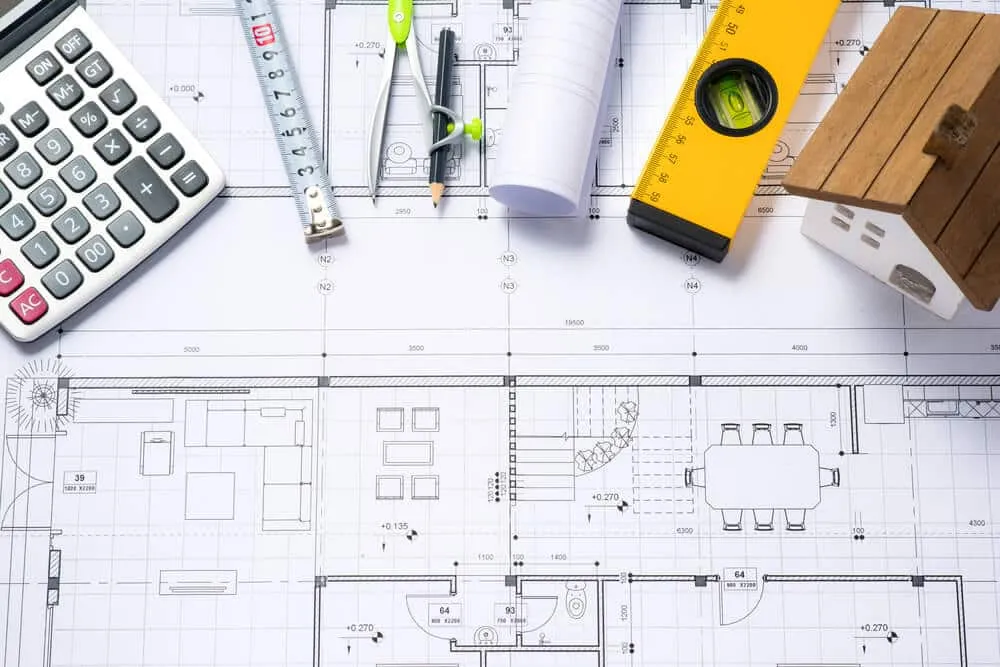In the world of construction, precision isn’t optional—it’s essential. Every bid, blueprint, and bolt matters. One miscalculation could cost thousands of dollars or even the project itself. That’s where construction takeoff services come in—a smart solution to eliminate errors, speed up the estimating process, and increase your chances of winning more profitable jobs.
In this guide, we’ll break down what construction takeoff services are, how they work, and why they’re a must-have for contractors who want to stay competitive in today’s fast-paced construction industry.
What Are Construction Takeoff Services?
Construction takeoff (also known as material takeoff or quantity takeoff) is the process of identifying and measuring all the materials and quantities needed for a construction project based on architectural and engineering drawings.
Professional construction takeoff services use advanced tools and trained estimators to generate detailed lists of materials, quantities, and measurements needed to complete a job.
Why Are Takeoff Services So Important?
Many contractors rely on takeoff services to simplify bidding and estimating. Here's why:
✅ 1. Save Time
Manually going through blueprints and calculating material quantities can take hours—or even days. A takeoff service automates and speeds up this process, allowing you to submit more bids in less time.
✅ 2. Reduce Human Error
Small mistakes in material estimation can cause big problems: underbidding, waste, and even project delays. Professional services use accurate digital takeoff software that reduces the chances of miscalculations.
✅ 3. Win More Projects
Accurate takeoffs allow you to create realistic, competitive bids. The more precise your estimates, the higher your chances of landing high-quality jobs without sacrificing profit margins.
What’s Included in a Construction Takeoff?
Depending on the scope of work and trade involved, a construction takeoff typically includes:
-
Quantity of materials (e.g., concrete, steel, drywall, piping)
-
Units of measurement (e.g., linear feet, square footage, cubic yards)
-
Material specifications (e.g., type, size, grade)
-
Labor estimates (optional)
-
Waste and overage factors
Some advanced takeoff services also include cost estimation, creating a direct link between material quantities and financial projections.
Types of Projects That Use Takeoff Services
Construction takeoff services are used across various industries, including:
-
Residential construction
-
Commercial and industrial buildings
-
Infrastructure projects (roads, bridges, utilities)
-
Mechanical, Electrical, and Plumbing (MEP) systems
-
Framing and concrete work
-
Roofing and flooring
No matter the project size, a precise takeoff lays the foundation for a successful build.
Who Should Use Construction Takeoff Services?
These services aren’t just for large contractors. Here’s who benefits the most:
-
General Contractors (GCs): For overall project cost planning.
-
Subcontractors: Especially in specialized trades like HVAC, plumbing, and electrical.
-
Estimators: Who want to improve productivity and accuracy.
-
Developers & Architects: For feasibility studies and design budgeting.
-
Home Builders: Who need fast, affordable project assessments.
How Do Takeoff Services Work?
Here’s a quick breakdown of how most construction takeoff services (like Prime Estimation) operate:
-
Upload Your Plans
You send your architectural drawings (PDF, DWG, etc.) to the takeoff provider. -
Project Review
Estimators review the documents and determine the project scope. -
Quantity Takeoff
Using specialized software, they calculate all required materials and quantities. -
Delivery of Results
You receive a comprehensive takeoff report in Excel or PDF format, sometimes along with pricing estimates. -
Consultation (Optional)
Some providers offer expert consultation to help refine your bid strategy.
Software Used in Digital Takeoff
Top takeoff service providers use industry-grade software to ensure accuracy and speed. Common tools include:
-
Bluebeam Revu
-
PlanSwift
-
STACK
-
On-Screen Takeoff (OST)
-
AutoCAD or Revit (for integrated BIM models)
These tools allow estimators to zoom in on plans, highlight areas, measure dimensions, and auto-calculate quantities with impressive precision.
Benefits of Outsourcing Takeoff Services
Outsourcing to a professional firm—like Prime Estimation—offers several benefits:
✔ Focus on Core Activities
Let experts handle takeoffs while you focus on managing projects and client relationships.
✔ Affordable Pricing
Hiring a full-time estimator or purchasing expensive software may not be feasible for small businesses. Outsourcing is cost-effective and scalable.
✔ Faster Turnaround
Professional takeoff teams can deliver results within 24 to 48 hours for most projects.
✔ Scalable Support
Whether you're bidding on one project or ten, outsourced takeoff services can easily scale up to meet your workload.
Why Choose Prime Estimation?
Prime Estimation is a trusted provider of construction takeoff services in the U.S. With years of industry experience, their team offers:
-
Fast and accurate quantity takeoffs
-
Transparent pricing
-
Dedicated support for contractors and subcontractors
-
Support for all major construction trades
Visit Prime Estimation to request a quote or explore their past projects.
Final Thoughts
In today’s competitive construction environment, speed and accuracy aren’t optional—they’re expected. Construction takeoff services provide a smarter way to estimate material needs, avoid costly mistakes, and confidently submit more winning bids.
If you’re still manually calculating measurements from paper blueprints or overloading your team with time-consuming estimates, now is the time to explore the advantages of outsourcing your takeoffs to the pros.



